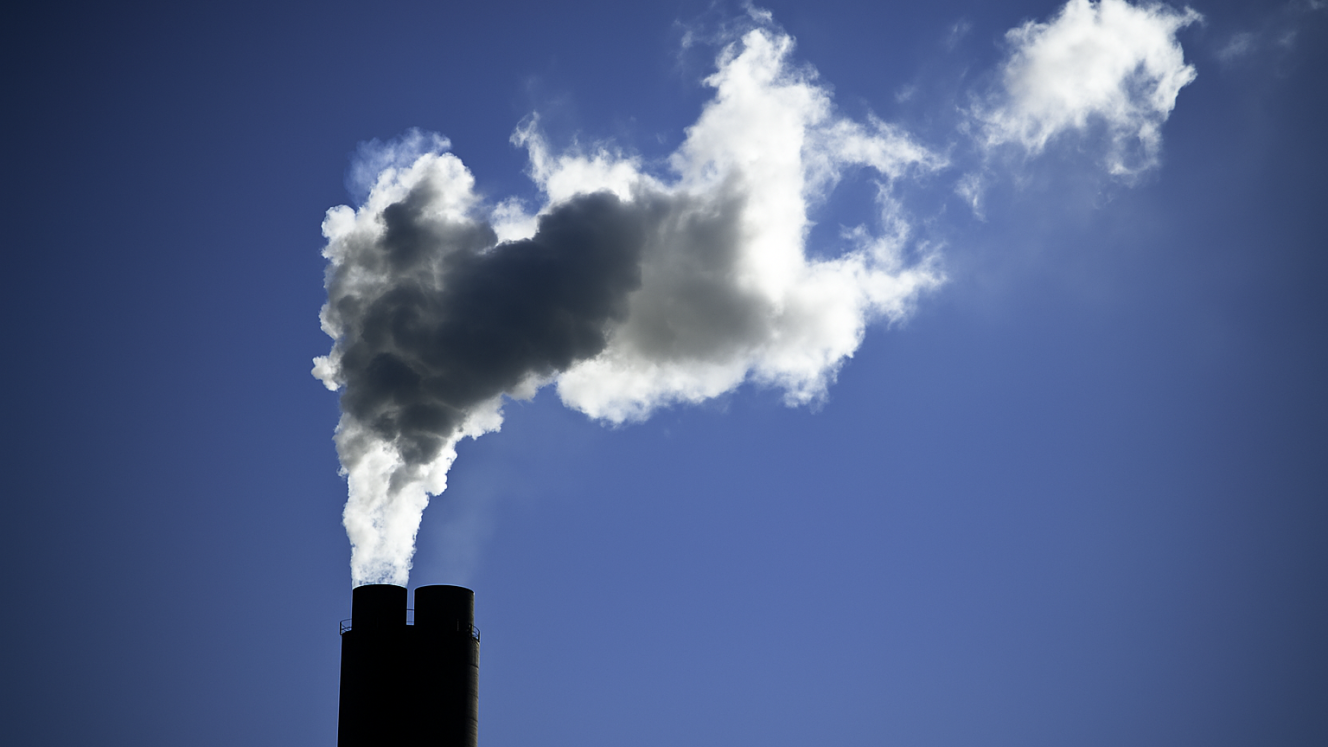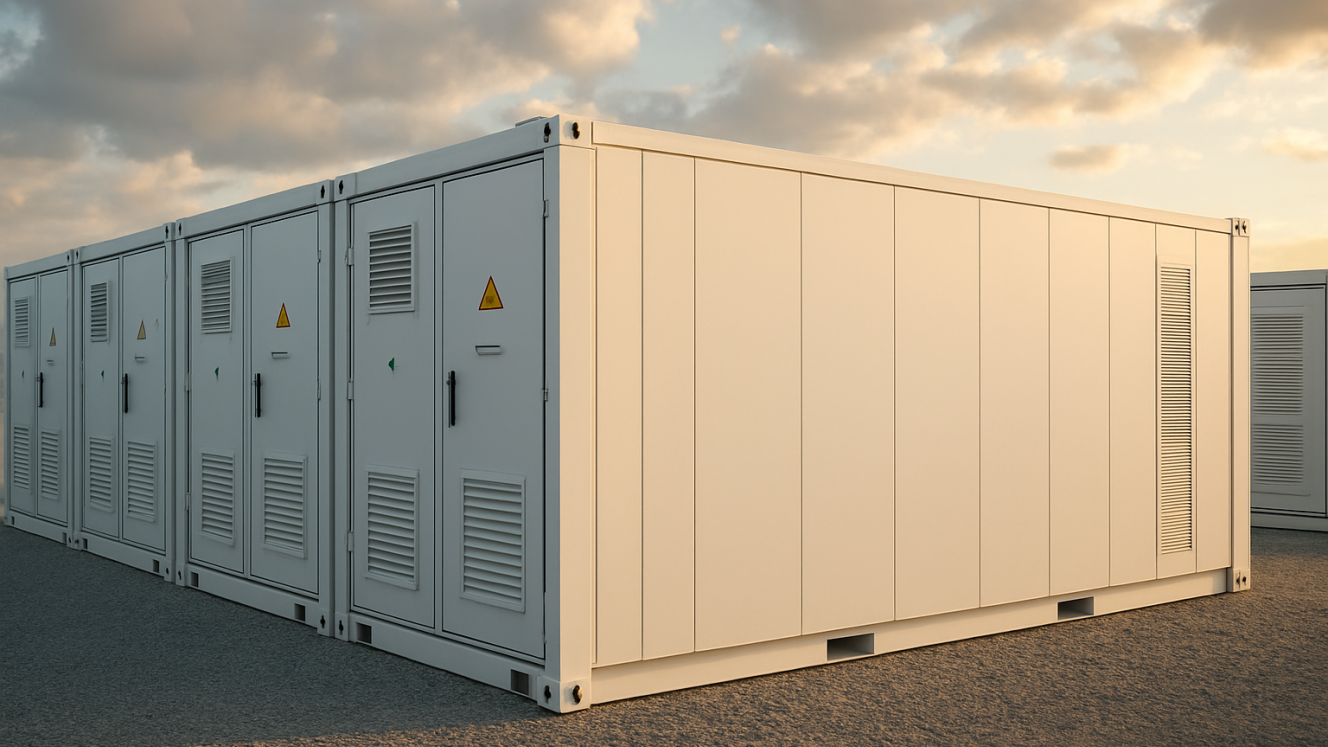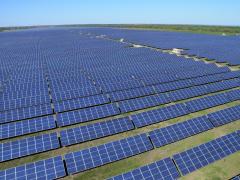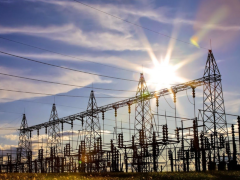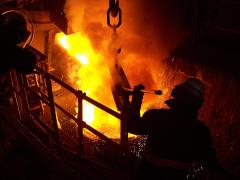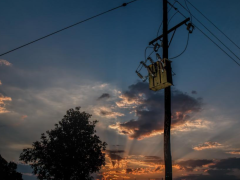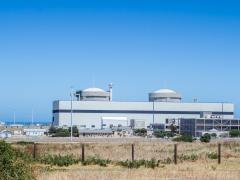A new electrode fabrication method developed by researchers at Tohoku University in Japan may offer a faster and potentially scalable route to converting carbon dioxide (CO₂) into carbon monoxide (CO) using clean electricity.
According to a study published in Advanced Science, the system exceeded electrochemical performance benchmarks typically used in industrial CO₂ reduction processes.
The method uses a 15-minute spray growth technique to apply cobalt-phthalocyanine (CoPc) crystals directly onto carbon paper electrodes, reportedly eliminating the need for traditional multi-step fabrication processes that typically take over 24 hours.
The resulting CoPc/Carbon Paper (CP) electrode delivers a CO current density of -1 036 mA cm⁻², a mass activity of 5 180 A g⁻¹ and Faradaic efficiencies greater than 90% across a wide potential range (-0,57 to -1,32 V vs Reversible Hydrogen Electrode RHE). The electrode also maintained stable performance for 145 hours at -150 mA cm⁻², the report says. “These metrics surpass all previously reported Pc-based catalysts for CO production, making it the first to exceed both the industrial threshold of 500 mA cm⁻² and stability beyond 100 h.”
The catalyst is produced by ball-milling CoPc powder, dispersing it ultrasonically into an ink and spray-coating it onto carbon paper. The researchers attribute the performance gains to the crystal structure and a phenomenon known as surface charge transfer (SCT), which enhances electron movement within the material. X-ray analysis confirmed a 5,1 eV negative shift in the Co 2p binding energy, indicating electron transfer to the cobalt centre. Despite a smaller electrochemical surface area, the CoPc/CP electrode exhibited 7,6 times greater activity per site than carbon black-supported versions, according to the study.
Density functional theory simulations confirmed that SCT boosts electron density at active sites and optimises intermediate adsorption. “We believe this simple and scalable spray growth method can contribute to carbon neutrality,” the researchers say.
